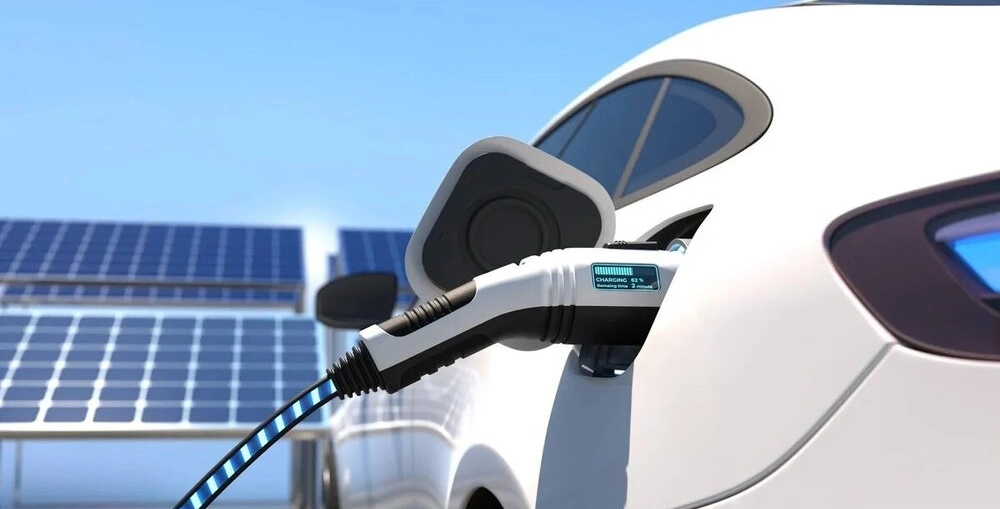“A few weeks ago, we requested the Government to establish a committee for the implementation of e-Credits in Spain, and we have found them to be quite receptive,” says Carlos Rico, Policy Officer at Transport & Environment (T&E), to Mobility Portal España.

This initiative aims to facilitate collaboration among Non-Governmental Organizations (NGOs), the government, and the automotive sector “to launch this program.”
e-Credits represent a new tool that could be crucial for boosting charging infrastructure in the national territory.
Their greatest benefit in this area lies in improving the economic viability of charging points, especially in low-demand areas where it may be more difficult to find the business case for implementing and operating them.
It is a system that does not require public funding and allows Charging Point Operators (CPOs) to generate additional revenue by selling renewable energy certificates.
According to the expert, T&E expects the system to be implemented this year.
“Even if it is implemented in December, it would have a retroactive effect that would benefit the operation of charging points throughout 2024,” he says.
Is it feasible to implement this system this year?
“It is possible, but the government should start working on it immediately because if it is delayed, we will end up going to 2025, which is already the deadline for transposing the Renewable Energy Directive (RED),” explains Rico.
The e-Credits system in Spain will be mandatory with the implementation of the new RED III.
Specifically, it stipulates that Member States must apply a credits mechanism that allows CPOs to contribute, through the supply of renewable electricity, to meeting the obligations of fuel suppliers.
It must also allow the inclusion of private charging points, provided that it can be demonstrated that the renewable electricity supplied to these points is exclusively for electric vehicles (EVs).
This mechanism will allow local fuel suppliers to exchange credits for the supply of clean energy to the transport sector, all with the purpose of promoting further development of electromobility on the continent.
“We do not want to waste time and wait until the deadline, we want it to be introduced now,” emphasizes the T&E Policy Officer.
Not only does the RED Directive require the implementation of e-Credits, but it is also included in the update of the Integrated National Energy and Climate Plan (PNIEC) 2023-2030.
In this context, the Business Association for the Development and Promotion of Electric Mobility (AEDIVE) presents this system in its Yearbook as a “unique opportunity” to incorporate renewable electricity into the transport sector.
What is happening in other European markets with e-Credits?
Countries such as Germany, Belgium, the Netherlands, Austria, and France have already implemented this mechanism in their markets, which is crucial to align financing with climate goals and promote electric mobility.
At the same time, it requires oil companies to invest in renewable energy for transportation.
This measure accelerates revenues from charging infrastructure and encourages reliable investments in more points, reducing barriers to entry for acquiring EVs, complementing existing schemes like the Plan MOVES.
“e-Credits do not arise in isolation but serve to achieve the goals of Fit for 55 and finance the installation of charging points,” highlights Carlos Rico.
Similarly, STX Group, one of the world’s leading traders in environmental commodities, tells Mobility Portal España:
“In France, for every megawatt supplied to a vehicle on the public road, it is valued at approximately 60 euros per megawatt-hour (MWh).”
In the case of Germany, during the period between 2020 and 2022, it has added more than one terawatt of electricity, thus generating more than 160 million euros for CPOs.
This is part of its commercial and solutions offer, directly and indirectly ensuring that funds are allocated to hundreds of projects that contribute to a more sustainable world.








